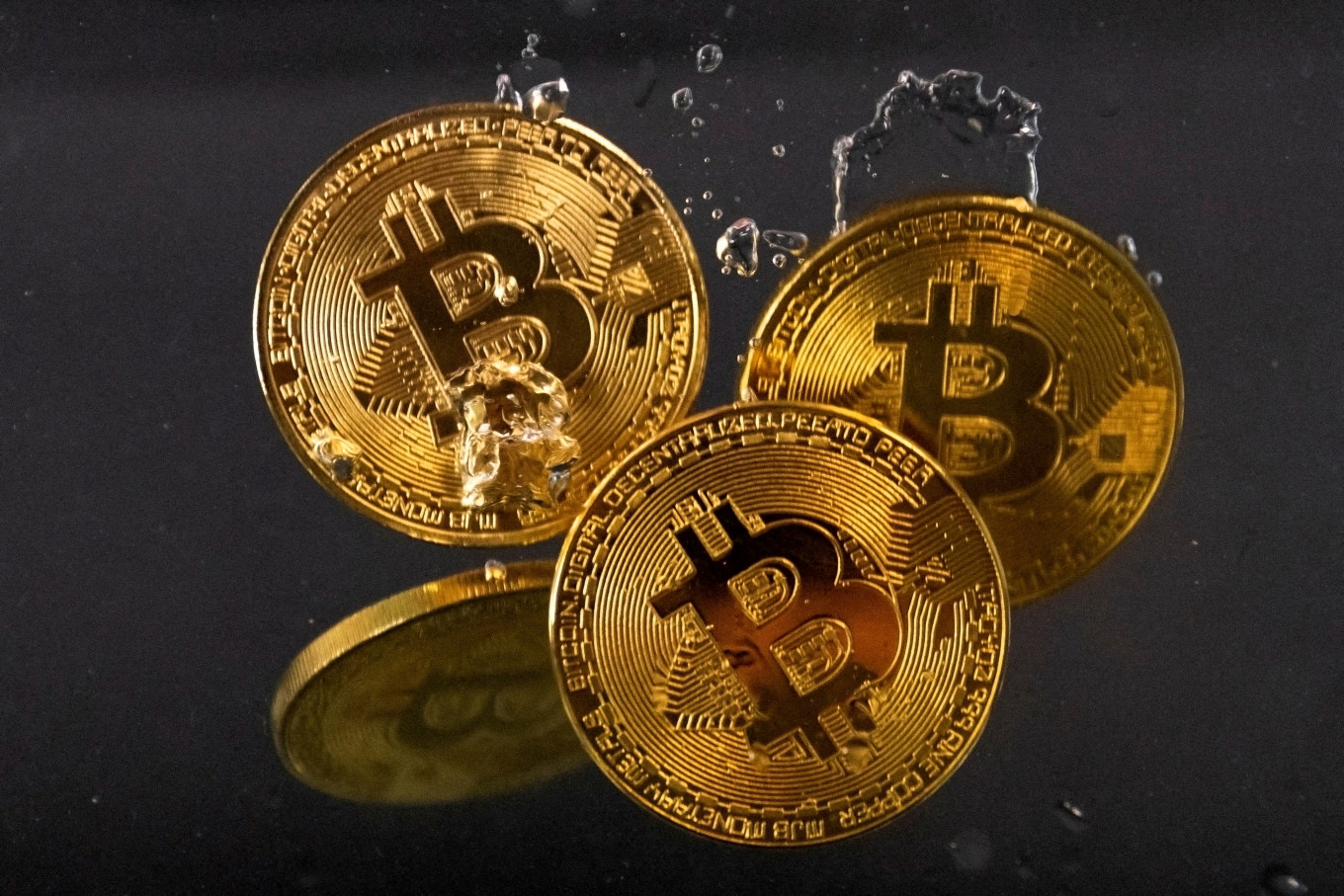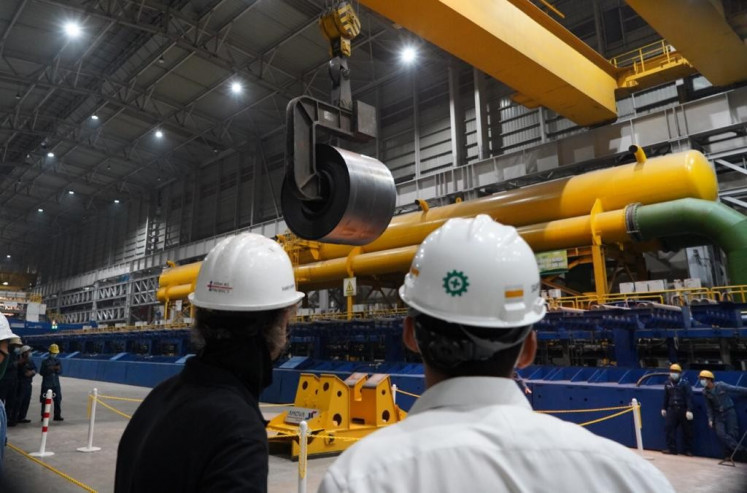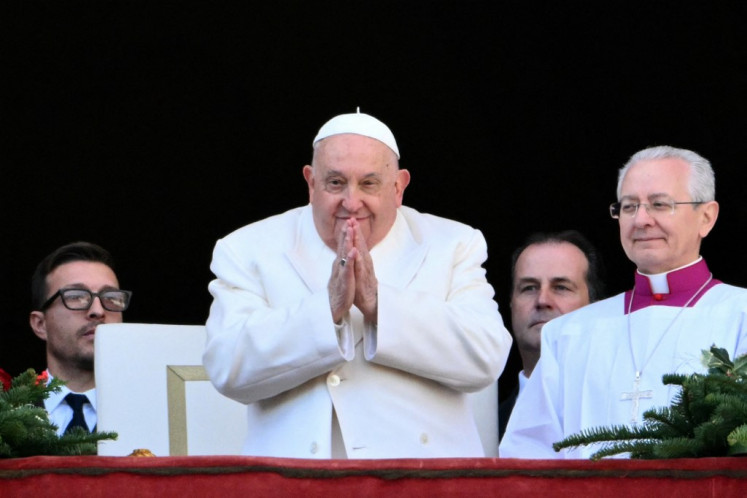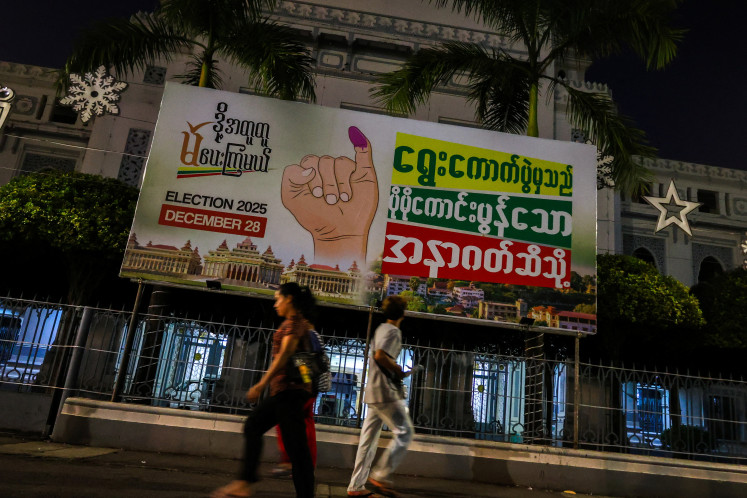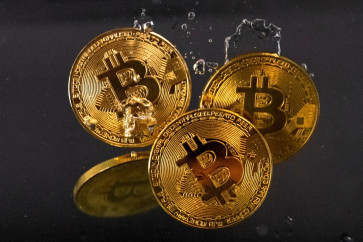Popular Reads
Top Results
Can't find what you're looking for?
View all search resultsPopular Reads
Top Results
Can't find what you're looking for?
View all search resultsG20 response to the development of crypto-assets activities
The closer people get to technology, the higher the potential growth of treacherous crypto assets and the greater risk of a society trusting them as currencies.
Change text size
Gift Premium Articles
to Anyone
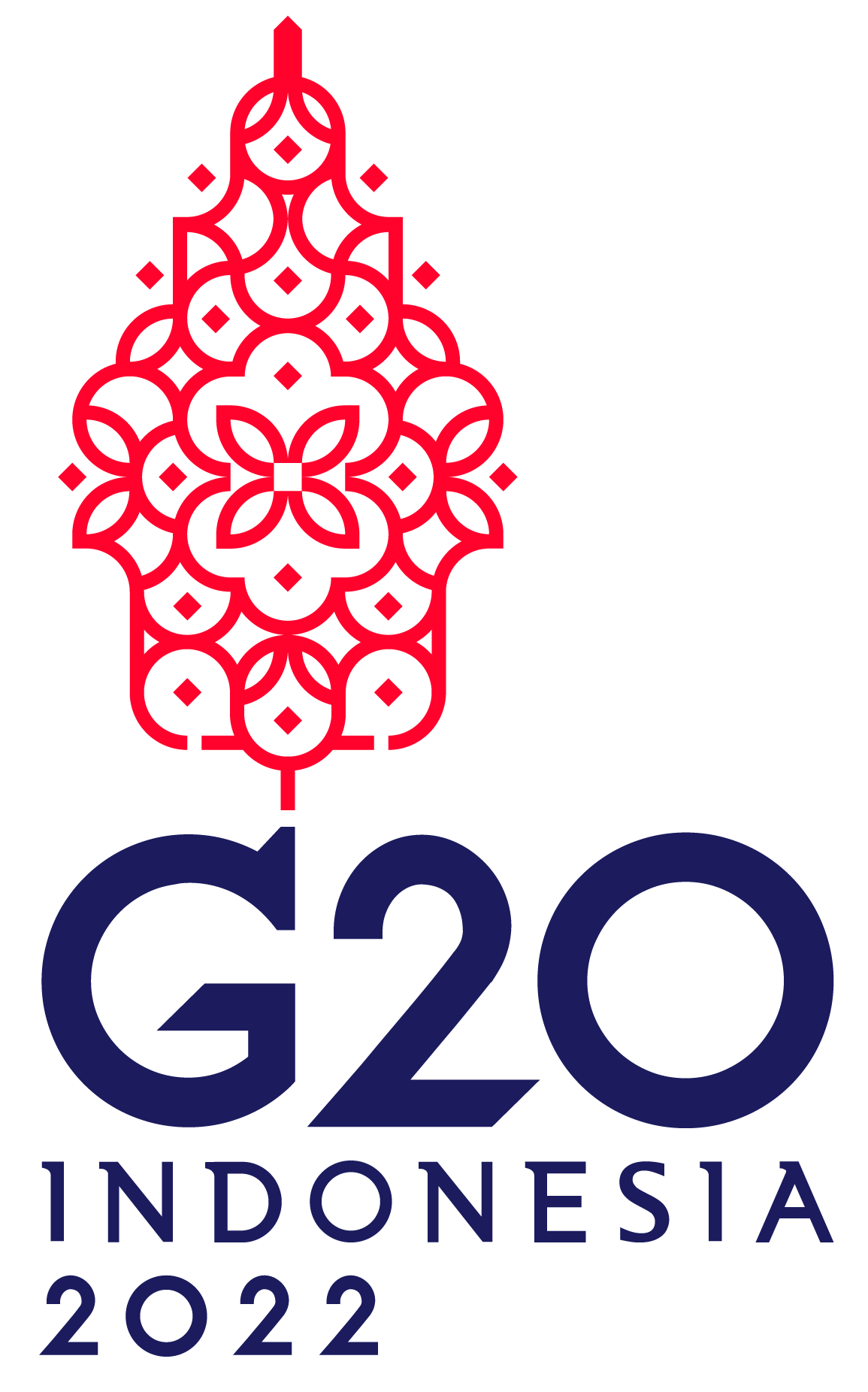
During their July 2022 meeting, Group of 20 finance ministers and central bank governors reiterated that crypto assets should not have a free place without regulation. Financial authorities from the world’s 20 largest economies echo the principle of “same activity, same risk, same regulation” to embody the importance of accelerating the fencing of crypto-asset activities.
This will change the global crypto-asset regulatory and supervisory constellation in the near future.
Crypto assets have been stealing the limelight from traditional assets. Although crypto assets remain a small part of the overall assets of the global financial system, the growth of crypto-asset activity is very rapid. For instance, the market capitalization of crypto assets grew 3.5-fold in 2021 to US$2.6 trillion. In addition, institutional involvement in the crypto-asset market, both as investors and service providers, has evolved in the past two years.
If crypto assets grow significantly and their linkages with large institutions continue, this situation could have implications for global financial stability.
The most famous crypto asset is still Bitcoin, the crypto asset that was the first to steal attention. But Bitcoin is only one name of crypto assets, falling into one segment of the crypto assets. The Financial Stability Board (FSB), a G20 body that focuses on supporting global financial stability, classifies the crypto-asset market into three segments, namely unbacked crypto assets (such as Bitcoin), decentralized finance (DeFi) and so-called "stablecoins".
Of the three segments, stablecoins might be the elephant in the room, especially for authorities. In 2021, Jerome Powell, chair of the United States Federal Reserve, issued an urgent call for regulation of stablecoins — cryptocurrencies that are pegged to a reference asset, typically US dollars, to maintain a stable value and provide perceived stability — in response to stablecoins seemingly getting stronger.
The word "stable" in stablecoin is as if to indicate that the value of this segment is safe and stable, so it has the potential to meet the "currency" requirements. Shortly after Powell published the urgent call, Christian Catalini, cocreator of Diem (formerly Libra) and a research scientist at the Massachusetts Institute of Technology (MIT), said that stablecoins had the potential to play an essential role in the future of global finance. He said they could become a backbone for payments and financial services.

